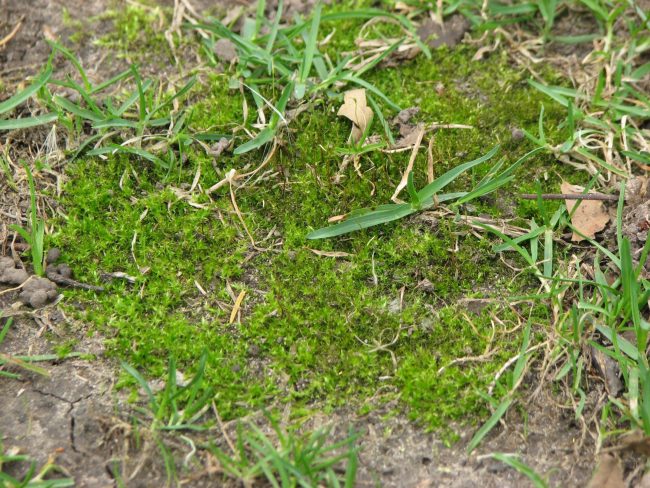By Vijai Pandian
Spring lawns are not always perfect! Patches of bare spots, vole trails, moss, and thin grass stands are common spring lawn issues that require a quick fix before the start of the summer season. The following are some of the re-seeding and best management practices to fix spring lawn issues:
- Always choose the right seed mixes for the site location. For dry shaded sites, use 50% or more fine fescue mix, and for sunny areas use 50-100% Kentucky bluegrass mix. Purchase a high-quality seed mix that has at least 90% purity and 75% germination success rate. Avoid mixes containing annual rye, zoysia grass, buffalo grass, or creeping bentgrass.
- If your lawn is heavily compacted and has poor grass stand, core-aerate them now and use a drop spreader to seed the area. Run a mower to break the plugs and to push the seeds into the soil for good contact.
- If you have a good lawn soil structure but with a thin grass stand, then use a slit seeding machine to increase lawn density. Slit seeders make a shallow furrow in the soil, deposit the seed, and, with a flap at its back end, it covers the deposited seed. To get a uniform dense stand, it is best to run the slit seeder at two directions perpendicular to each other using half the seeding rate each direction. Check your local hardware store or professional lawn service for slit seeders.
- To fix small bare patches (basketball size) hand seeding is the best option. Rake the soil surface, sprinkle the seeds and lightly rake the seeds to a depth of ¼ to 3/8 inch deep. Water and mulch the seeded area.
- For large bare patches, top dress the area by raking the dead patch and add ¼ to ½ inch of good quality soil. Sprinkle the seed on the top dressed soil and rake it lightly back into it. Run a roller over the seeded patch to give it a good seed to soil contact. Water and mulch the patch.
- For quick control of moss, use lawn products containing iron sulfate or potassium sulfate. A home remedy would be to use dishwashing liquid soap at the rate of 4 ounces per 2 gallons of water for 1000 square feet. It might take several days for the moss to turn brown. Rake the dead moss and reseed the patch.
- Don’t apply weed and feed after reseeding the lawn. Schedule the application 6-8 weeks after the grass germinate.
- Schedule your first lawn fertilization in late May. Early spring fertilization can contribute to nutrient leaching by spring rain, and can trigger a flush of new shoots at the expense of the root growth.
For any garden inquiries click the link below.





